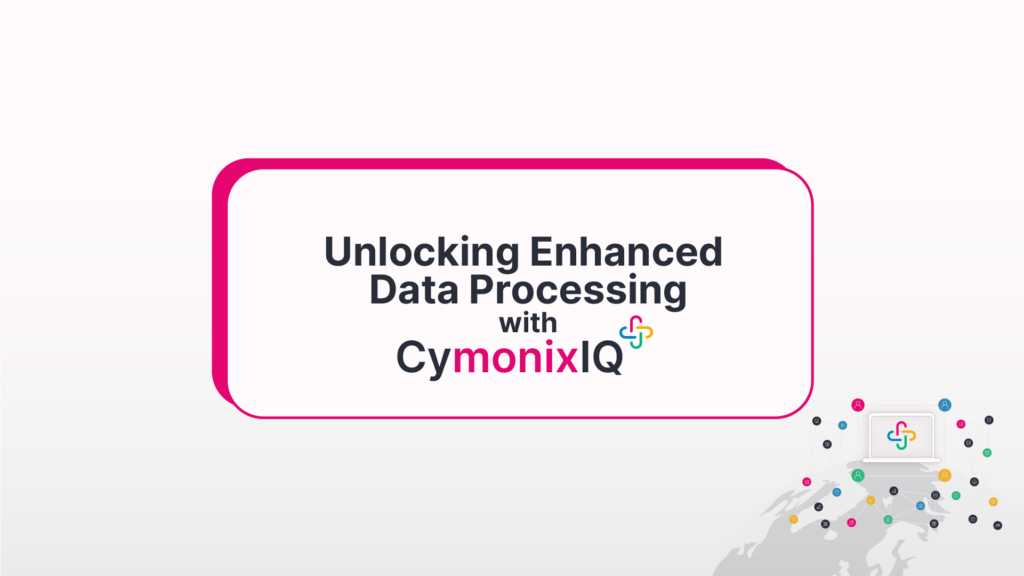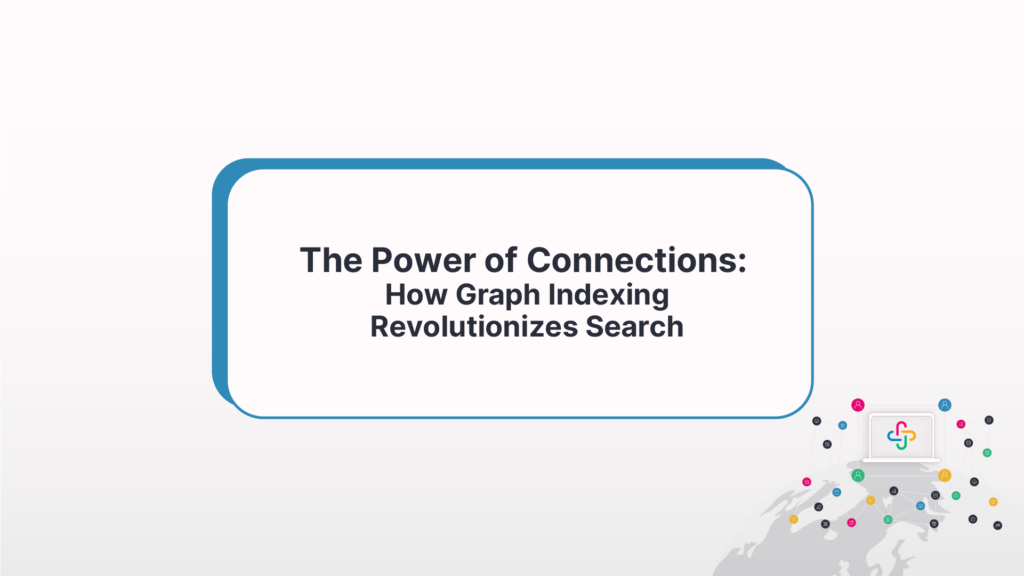Transforming Education: The Synergy of Adaptive Learning and Graph Technology
- Bill Palifka
- January 22, 2024
In the ever-evolving landscape of education, the fusion of technology and pedagogy has given rise to Adaptive Learning, a revolutionary approach that tailors educational experiences to individual learners. At the core of this transformation is the power of graph technology. In this blog post, we’ll explore how Adaptive Learning is powered by graphs, reshaping the educational journey for learners worldwide.
Understanding Adaptive Learning
Adaptive Learning is a personalized learning approach that leverages technology to tailor educational content, pace, and assessments based on individual student needs. It goes beyond a one-size-fits-all model, providing a dynamic and personalized learning experience that adapts to the unique strengths, weaknesses, and learning preferences of each student.
The Role of Graph Technology in Adaptive Learning
- Student Profiling: Graph technology enables the creation of comprehensive student profiles by mapping relationships between various data points. Each node in the graph can represent a student, and edges signify relationships such as academic performance, learning styles, and preferences. This rich profile forms the basis for personalized learning journeys.
- Prerequisite Analysis: Adaptive Learning powered by graphs can analyze prerequisites for different concepts or skills. By mapping dependencies between topics, the system can adapt the learning path based on a student’s existing knowledge, ensuring a more seamless and effective progression.
- Real-time Adaptation: Graph structures facilitate real-time adaptation of learning paths. As students interact with content and assessments, the system dynamically adjusts based on their performance, ensuring that each learning experience is tailored and responsive to individual progress.
- Collaborative Learning Networks: Graphs support the creation of collaborative learning networks. By mapping connections between students with similar interests or learning goals, Adaptive Learning platforms foster collaboration and peer-to-peer learning, creating a supportive and engaging educational environment.
- Resource Recommendations: Graph-based recommendations play a crucial role in suggesting additional learning resources. By understanding the relationships between different concepts and resources, the system can recommend supplementary materials, further enriching the learning experience.
The Future of Education: Graph-Powered Adaptive Learning
As education continues to evolve, the marriage of Adaptive Learning and graph technology is shaping the future of learning. The ability to create personalized, adaptive, and collaborative educational experiences empowers students, educators, and institutions alike. With every interaction, Adaptive Learning platforms powered by graph technology contribute to a more engaging, effective, and student-centric educational journey, ensuring that the future of education is one of personalized growth and success.
Conclusion
In unveiling the power of knowledge graphs, Cymonix emerges not just as a technology provider but as a catalyst for transformative change. Through our cutting-edge technology, the landscape of information retrieval is evolving, and businesses are reaping the benefits of a more seamless, intelligent, and connected future. As Cymonix continues to pioneer the realm of knowledge graphs, the journey towards a data-driven, interconnected world accelerates, promising a future where information is not just accessible but truly empowering.



